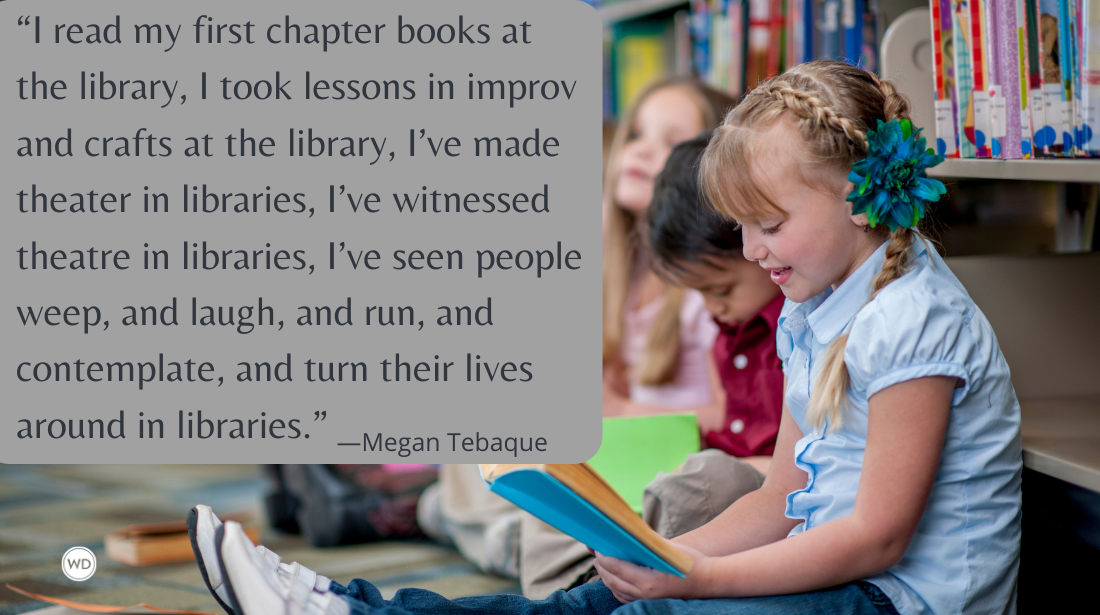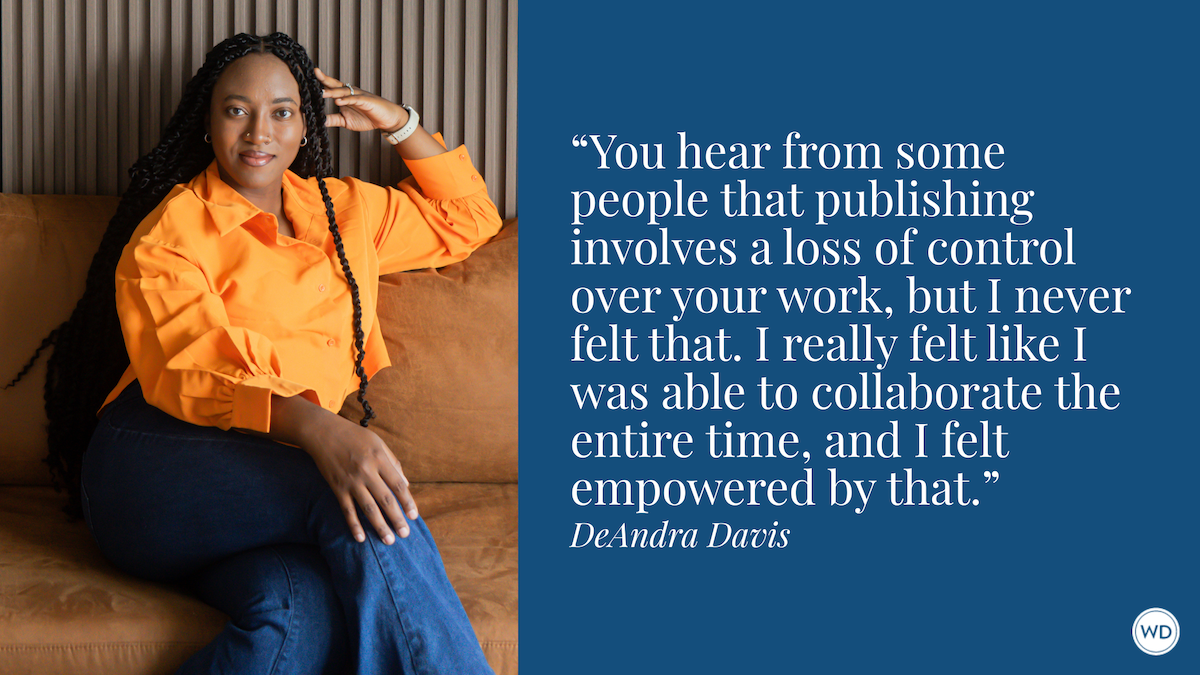How To Give Your Novel Layered Conflict by Treating the Story Like a Living Organism
Author Jen Michalski discusses how to give your novel layered conflict and how to know when it feels authentic to the story being told.
“My mama always said, ‘Life was like a box of chocolates. You never know what you’re gonna get.’”—Forrest Gump
When writers talk about the origins of their novels, readers are often surprised that the idea with which the author began—whether a detailed, five-page outline or something they scrawled on a Post-It when they woke up one morning—is almost never the one that winds up in print. Sometimes, it’s the result of changes close to publication, when an insightful editor suggests a new ending or a new beginning or 10s of pages of edits in between. Sometimes, it’s the author who makes the changes, as when Stephen King re-released The Stand 12 years after its publication with all the of the words the editors forced him to cut, nearly doubling the length of the book.
Usually, however, these changes happen (or should) much sooner, during the second and subsequent drafts, because a manuscript is a living organism continually responding to the environment its author creates. And as a writer, you must be open and responsive to what it becomes before it gets to the next reader, whether it’s a critique group, an agent, an editor, or even the book-buying public.
At first, cultivating the seed of an idea seems linear, straightforward: I have an idea for a story, I know how it will end; now all I need to do is write it. However, the seed of a novel often is so small, so narrow, it’s impossible to predict what each stalk, petal, and leaf will look like in the finished plant. Take the following seed: During a hike a young woman becomes trapped in the mountains, her leg pinned under a boulder, and she must eat lizards she crushes with rocks to survive. Easy, right?
Not so fast! The author may have discovered the engine that will drive his or her novel, but there are a lot of decisions that occur between discovering an engine and creating a fully functional vehicle to house it. For instance, what kind of vehicle is it? A truck? A motorbike? A Ferrari? How does the interior look? Is it tricked out, does it rival a luxury sedan for comfort, or does it contain the bare minimum for speed?
In other words, is it a thriller, a comedy, a mystery, beautifully atmospheric literary fiction? What if more needs to happen than your character simply getting trapped in the mountains? What if getting lost in the mountains, one’s leg pinned under a boulder, is merely a scene in the novel, not the novel?
When I finished my novel, You’ll Be Fine, it had the same premise—mostly—as when I started, but a lot changed between the first word and the last copy edit. Originally titled Siblings, I planned to concentrate on the relationship of sister and brother, Alex and Owen Maas, as they come together to sort out the remains of their mother, who’s recently died. Alex and Owen can’t be more different—Alex is an award-winning magazine writer in Washington, D.C., and Owen, a study in failure to launch, has his Ph.D in applied mathematics but lives at home and works part time at Staples.
My own mother had passed away right before I began work on the novel, not of an overdose, like Alex and Owen’s mom, but somewhat unexpectedly, and my brother and I spent weeks together at my mom’s house (where my brother, like Owen, still lived), getting her massive collection of dolls and jewelry and trinkets ready to sell on eBay. We rubbed up against each other in her small townhouse; we bickered. I marveled that, for 40-something adults, we still related to each other like we were eight or 15. There was natural tension and also a richness in examining these family dynamics—that no matter how successful we are or how much we’ve evolved emotionally, around family we often revert to our old “roles” and our old conflicts.
In addition to Alex and Owen butting heads (and a secret Owen has kept from the family), I added a love triangle for Alex, following the rule in writing of “this AND this.” When pitching your work to an agent or editor, or anyone really, you should be able to say, “My book is about this, but there is also THIS.” In MFA programs or writing workshops, this often is referred to as “layered conflict.” Anyway, I had it, and I was set.
Creating Layered Conflict
When my editor returned the draft, I was surprised to hear that she felt the conflict wasn’t layered or compelling enough. “There’s not enough at stake,” she explained. “Alex and Owen get along, they don’t have a bad history, they don’t argue about money, there are no sticky secrets ... it’s just that Alex thinks he should be doing more with his life.” Which is basically every sibling relationship on the planet! How would it stand out in a crowded market of women’s fiction novels? Also, Alex’s romance seemed a little telegraphed, too, but in my defense, what romance in any novel did you not see coming?
I had chosen the wrong vehicle for my engine—the novel I created around my idea was a luxury sedan, like a Lincoln Town Car—quiet, always maintaining the speed limit, impeccable safety record, no thrills. While I didn’t need a high-octane muscle car (I wasn’t writing a thriller, after all), I needed to build a peppier, faster model.
My editor suggested, to dial up the tension, brainstorming 10 ideas for secrets/revelations/conflicts—and then to toss them aside because those are likely the 10 most used ideas and thus the 10 most likely to have been encountered by readers. When I thought about ideas for tension, I considered whether there was conflict in the draft that I wasn’t dialing up enough or whether there was conflict I just hadn’t introduced, possibly through a new character. I didn’t want to ramp up the tension between Owen and Alex because I didn’t see it in Owen’s character to be drawn to such conflict, and for Alex to keep egging him toward it would just make her seem mean or meaner than she already was—Alex can be such a pill sometimes!
Enter Johanna. Certainly, Owen and Alex had a father in the last draft, but we never meet him; he wasn’t a part of their lives and presumed dead. But what if he showed up after their mother’s death, and what if it wasn’t for the obvious reasons, i.e., the reading of the will or probate or collecting money from the sale of the house? What if their father had a secret that kept him out of their lives? What if that secret was he had transitioned to a woman? This idea, which remained a secret to the readers and siblings until near the end of the novel in the next draft, became known to Alex and the reader almost immediately in the subsequent and final draft, thanks to the keen suggestion of a sensitivity editor and another rewrite on my part.
In the end, Siblings had a new title, You’ll Be Fine, and a new foil, Johanna. Sibling rivalry still played a big part in the story, but it was no longer center stage. Even though it wasn’t the novel I envisioned in Siblings (above all, I just wanted to write something funny), You’ll Be Fine is a richer, more complicated, nuanced one.
So many decisions are necessary in supporting your engine: Have you chosen the correct main character? What about the point of view? Is your writing style long and laborious, chock-full of description and slowing the pace of the narrative, or is it short and conversational, giving it a humorous or terse feeling? Maybe you started the story in the wrong place, 12 days before your narrator became trapped in the mountains, or too late¾in the hospital after she was rescued. Maybe the story isn’t about her at all, but the park ranger who risked life and limb to rescue her. Maybe, like me, you needed another character to complicate things further. You don’t know any of these things when you’re buzzing with just the premise of your novel, and these choices are what separate great novels from simply great ideas.
All of this is just to say that the journey from beginning to end is an endless flowchart of choices that will take you far from where you started. Don’t get married to one outcome earlier in the process and force your novel down a predetermined path that may wind up being a lemon. Enjoy the ride, be open to changing directions mid-trip, and you might just wind up at a destination a thousand times better than you planned.
Jen Michalski is the author of three novels, most recently You'll Be Fine (2021), three story collections, and a couplet of novellas. Her work has appeared in more than 100 publications, including Poets & Writers, Writer's Digest, The Washington Post, The Literary Hub, Baltimore Magazine, McSweeney's Internet Tendency, The Cincinnati Review, and more, and her fiction has been nominated for the Pushcart Prize six times. She's the editor in chief of the literary weekly jmww and lives in Southern California.








